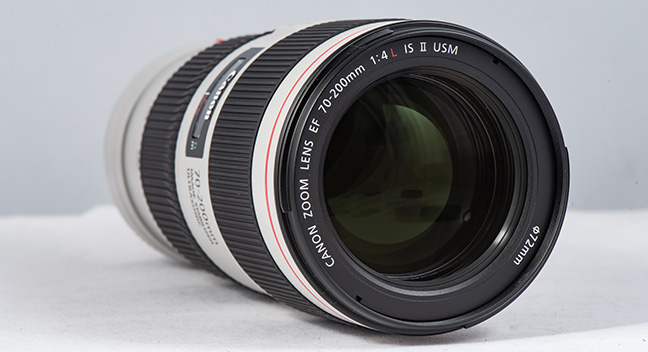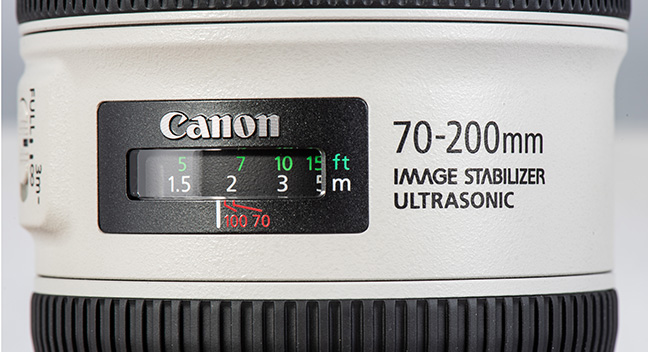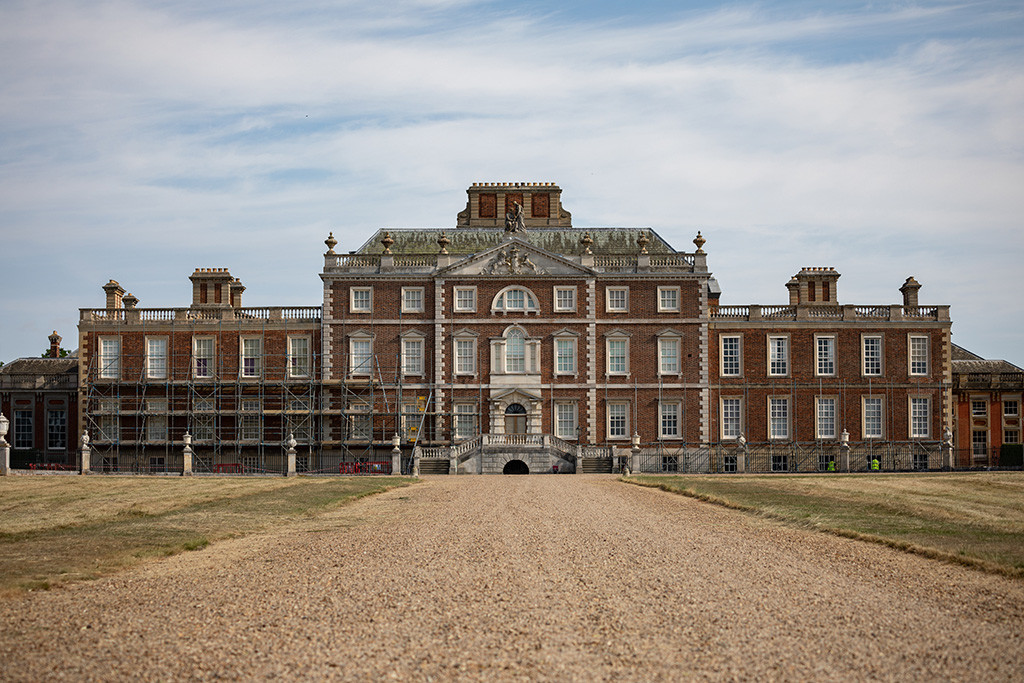
Canon EF 70-200mm f/4L IS II USM test: long, lightweight wonder
Posted on Oct 5, 2018
There is no such thing as the perfect lens, but you could say that the first edition of Canon’s 70-200mm f/4L IS USM got pretty darn close. For its range, it was compact, lightweight and delivered a fine optical performance at an attractive price. Indeed, when it came out in late 2006 it was among the very best telezooms around.
But times and the demands of the latest high megapixel cameras change, so 12 years later, we have the Mark II.
Compare the specifications of both lenses and you’ll see few differences. It is still a Canon ‘white’ lens (and it is white, not cream), dust and water resistant, and f/4 is constant through the focal length range. Dig deeper and changes are apparent. It is heavier (by 20g), has closer minimum focus, the filter size is 72mm (as opposed to 67mm) and there are three image stabiliser modes with a greater claimed benefit – the Mark II giving +5EV compared with +4EV.
The optical formula and lens coatings have been updated, including fluorine coating on the front and rear elements; the 20 elements in 15 groups construction remains identical.

I used the sample lens on a Canon EOS 5D Mark IV. Handling was really nice, the lens and camera giving a lovely balanced combination. The broad zoom grip is great to use and covering the whole range is done in less than one quarter turn. About the same width is the focusing barrel, which gives full-time AF override.
AF itself was very swift and smooth with no hunting. In other words, the Mark II autofocuses as smartly and reliably as any Canon zoom.
The image stabiliser’s three modes are 1 for static subjects; 2 for panning; and 3 is for subjects that move erratically. So, for example, you’re shooting football with mode 3, with your finger depressing the shutter release so you have metering and AF active; the camera is making IS calculations but without actually affecting the image. It is only when the shutter release is fully depressed that the IS kicks in. So in mode 3, you avoid that slight image reframing you can get when IS is constantly active, as in mode 1 with the shutter button half-down.
Assuming that the base shutter speed for using the 200mm setting is 1/250sec, a 5EV benefit, in theory, means getting sharp shots at 1/8sec. To test this out I did a handholding test in mode 1 with the lens at 200mm taking five shots at shutter speeds, including the fractional values, from 1/8sec to 1/60sec.

Shots taken below 1/15sec were not so successful, but at 1/15sec I achieved three out of five acceptably sharp shots, and my success rate increased to four out of five at 1/20sec, 1/25sec and 1/30sec. It was generally an impressive showing, but perhaps the claimed 5EV benefit was pushing it.
Optically, the lens is a very capable performer at the three tested focal lengths, 70mm, 135mm and 200mm all giving highly detailed images with high contrast levels. My processed Raws looked really lovely on screen – I did some London skyline shots and they simply oozed fine detail.
The lens started well at 70mm and f/4, with impressive resolution across the frame and performance improving further at f/5.6, with f/8 being, marginally, the best overall aperture for centre and edge sharpness.
Sharpness did drop off from f/16 onwards. At f/16 detail was still good but clearly less impressive than the peak of the wider settings, but f/22 and f/32 are not that great and
best avoided.

Performance went up a notch at the 135mm setting, and detail resolution at f/4 and f/5.6 was very good indeed. F/8 was still the optimum aperture, and if you want critical sharpness at the wider settings you will get it at 135mm. F/11 was still impressive before tailing off again from f/16 onwards.
A similar pattern followed at 200mm and you see lovely quality and fine detail rendition at f/4 and f/5.6, with a peak reached at f/8 before falling away, with f/22 and f/32 not really worth using.
Flare was well controlled and there was also evidence of fringing, but that was easily dealt with in software.
Verdict
Upgrades usually come with a price hike, and Canon’s 70-200mm f/4L IS II USM is no exception at £1299 compared with the Mark I, which is available for £1099. I didn’t have the two lenses to do a side-by-side comparison but I do know the Mark II delivered a lovely optical performance and produced really sharp, detail-packed images – the exceptions were the smallest apertures but that will be largely irrelevant to most users. With this in mind, I have no hesitation in recommending this Canon lens.
Pros: Impressive optical quality, compact and light for focal length range
Cons: Tripod collar extra
As featured in issue 58 of Photography News.

























